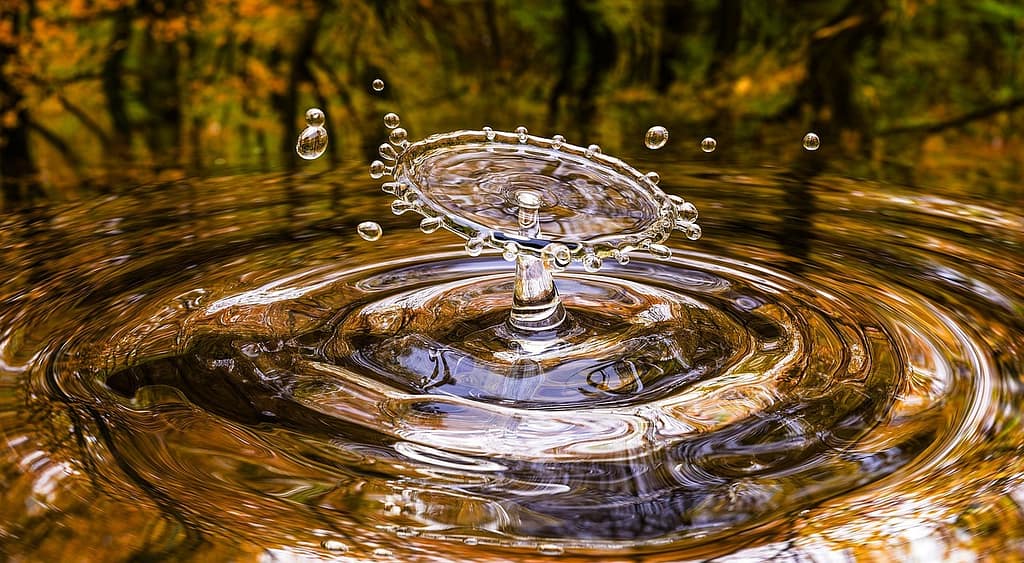Imagine a world where fertile lands slowly turn into barren deserts, not because of a lack of rain, but because of the relentless force of the wind. This isn’t some distant catastrophic future—it’s happening right now. Wind erosion, an invisible but powerful natural process, is transforming our environment in a way we can’t ignore. This article will take you on a journey to uncover the causes behind wind erosion, its far-reaching environmental impacts, and the practical steps we can take to combat this silent threat. From the science behind soil movement to innovative conservation techniques, you’ll gain a comprehensive understanding of how we can protect our precious landscapes from being blown away.
I. Key Takeaways
- Wind erosion is a significant environmental issue that has widespread impacts on soil health, air quality, water bodies, and biodiversity.
- It is caused by natural processes and human activities, and some regions are more severely affected than others.
- There are practical strategies to reduce wind erosion, including soil management techniques, vegetation planting, land use planning, and technological solutions.
- Policy and community action play an important role in addressing wind erosion and its impacts.
II. What is Wind Erosion?
Wind erosion is the process by which wind removes surface material, especially soil, from one location and deposits it in another. This natural phenomenon occurs when the energy of the wind exceeds the gravitational and cohesive forces that hold soil particles together. Over time, it can cause significant changes to the landscape, affecting both natural and man-made environments.
Historically, wind erosion has shaped some of the world’s most iconic landscapes, from the sand dunes of the Sahara Desert to the fertile plains of the American Midwest. However, while wind erosion is a natural process, human activities have intensified its effects, leading to serious environmental consequences.
III. Causes of Wind Erosion
Soil Structure and Composition
- Soil types with a loose, sandy texture are more susceptible to wind erosion. The lack of cohesive bonds between particles allows the wind to easily pick up and carry soil.
Climate and Weather Patterns
- Arid and semi-arid regions with sparse vegetation cover are particularly prone to wind erosion. High winds and dry conditions create an environment where soil particles are easily mobilized.
Human Activities
- Agriculture: Tillage and tilling disturb the soil surface, reducing its cohesion and making it more vulnerable to wind erosion.
- Deforestation: Removal of trees and vegetation exposes soil to wind forces, increasing the risk of erosion.
- Construction: Land development and construction activities often strip the land of its protective vegetation cover, increasing wind erosion.

IV. The Environmental Impact of Wind Erosion
Soil Degradation
- Loss of Topsoil: The top layer of soil, rich in nutrients and organic matter, is often the first to be eroded. This leads to a decline in soil fertility and productivity.
- Reduced Soil Fertility: As the topsoil is lost, the remaining soil is less able to support plant growth, affecting agriculture and natural vegetation.
Air Quality
- Dust Storms: Wind erosion can produce large amounts of airborne dust, causing dust storms that reduce visibility and air quality.
- Health Implications: Inhaling dust particles can cause respiratory problems and other health issues for humans and animals.
Water Bodies
- Sedimentation: Soil erosion can be carried by the wind into rivers, lakes and other water bodies, causing sedimentation that disrupts aquatic ecosystems.
- Impact on Aquatic Life: Sedimentation can destroy fish habitats, reduce water quality and impact the overall health of aquatic ecosystems.
Biodiversity
- Habitat Destruction: Wind erosion can destroy habitats, making them less suitable for wildlife and plant species.
- Effects on Species: Loss of vegetation and soil quality can lead to declines in species populations and biodiversity.
V. Regions Most Affected by Wind Erosion
Global Hotspots
Wind erosion is a global issue, but some regions are more vulnerable due to their climate, soil type and land use practices.
Case Studies
- The Dust Bowl: During the 1930s, the American Midwest experienced severe wind erosion due to drought and poor agricultural practices, causing widespread economic and ecological damage.
- African Sahel: This semi-arid region has suffered significant wind erosion due to deforestation, overgrazing, and climate change, contributing to desertification.
- Australian Outback: Wind erosion is a persistent problem in the arid interior of Australia, affecting both natural ecosystems and agricultural land.
VI. How Wind Erosion Affects Agriculture
Crop Loss and Reduced Yields
- Wind erosion can remove fertile topsoil, reducing the land’s ability to support crops. This leads to lower crop yields and can cause economic hardship for farmers.
Economic Impact
- The loss of productive land and reduced crop yields can have significant economic consequences for farming communities, leading to increased costs and reduced incomes.
Sustainability Challenges
- Wind erosion undermines the long-term sustainability of agriculture by depleting soil resources and reducing land productivity.

VII. Strategies to Mitigate Wind Erosion
Soil Management Techniques
- Crop rotation: Alternating crops can improve soil structure and reduce the risk of erosion.
- Cover crops: Planting cover crops helps protect soil from wind erosion by maintaining ground cover.
- Conservation tillage: Reducing tillage reduces soil disturbance and retains surface residues to protect against wind erosion.
Vegetation and Windbreaks
- Planting trees and shrubs: Vegetation acts as a barrier, reducing wind speed and protecting the soil.
- Creating shelter belts: Rows of trees or shrubs planted along the edges of fields can effectively reduce wind erosion.
Land Use Planning
- Sustainable agricultural practices: Implementing practices that maintain soil health and reduce the risk of erosion.
- Urban planning considerations: Designing urban areas to reduce soil exposure and wind erosion.
Technological Solutions
- Soil stabilization methods: Using techniques such as applying organic and synthetic mulches to stabilize soil.
- Innovative technologies: Exploring new technologies to protect soil and reduce erosion.
VIII. The Role of Policy and Community Action
Government Regulations
- Policies and regulations that promote sustainable land management and reduce wind erosion.
Community-Led Initiatives
- Local communities play a key role in implementing erosion control measures and promoting awareness.
Education and Awareness Campaigns
- Raise awareness of the importance of addressing wind erosion and promote best practices.
IX. Conclusion
Addressing wind erosion is critical to maintaining soil health, protecting the environment, and ensuring the sustainability of agriculture. By understanding the causes and effects of wind erosion and implementing effective mitigation strategies, we can protect our landscapes for future generations. It is essential for individuals, communities, and governments to work together to tackle this pressing environmental issue.





